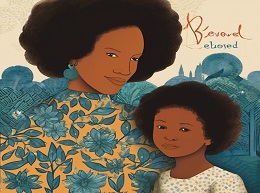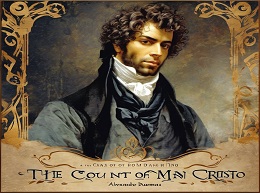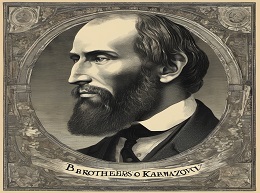The Handmaid's Tale

"The Handmaid's Tale" is a dystopian novel written by Canadian author Margaret Atwood. It was first published in 1985 and has gained significant acclaim for its exploration of themes related to totalitarianism, gender oppression, and reproductive rights. Here's a summary:
Setting:
The novel is set in the Republic of Gilead, a theocratic and dystopian society that was formerly part of the United States. The narrative is presented through the eyes of a woman known as Offred.
Characters:
-
Offred: The novel's protagonist and narrator. She is a Handmaid, a woman whose sole purpose is to bear children for the ruling class.
-
The Commander: The high-ranking official in Gilead who is assigned to Offred.
-
Serena Joy: The Commander's wife, who plays a complex role in Offred's life.
-
Nick: A chauffeur who works for the household where Offred is stationed.
-
Moira: Offred's friend from the time before Gilead, who becomes an important figure in the resistance.
Plot Summary:
-
Establishing Gilead:
- The novel begins with Offred describing her life as a Handmaid in the Republic of Gilead. The regime has established rigid gender roles, and women are categorized based on their fertility.
-
Daily Life of a Handmaid:
- Offred's daily life is characterized by strict rules, surveillance, and the Ceremony, a ritual in which the Handmaid is forced to have sex with the Commander while his wife is present.
-
Flashbacks:
- Offred reflects on her life before Gilead, particularly her relationship with her husband, Luke, and her daughter. The novel intersperses the present narrative with flashbacks to Offred's past.
-
Resistance and Rebellion:
- Offred becomes involved in acts of resistance, including secret meetings with other Handmaids. She also learns about the fate of her friend Moira, who managed to escape the oppressive regime.
-
The Commander's Secret Meetings:
- Offred begins to have secret meetings with the Commander, which go beyond the prescribed bounds of their relationship. This introduces an element of danger and complexity.
-
Nick's Involvement:
- Offred develops a relationship with Nick, the household chauffeur, adding another layer of complexity to her situation.
-
The Salvaging:
- The novel builds tension as Offred faces the consequences of her actions. The narrative becomes increasingly uncertain, leaving readers to question Offred's fate.
Themes:
-
Totalitarianism: The novel explores the dangers of a totalitarian regime that controls every aspect of individuals' lives.
-
Gender Oppression: Gilead enforces strict gender roles, reducing women to specific functions and denying them agency.
-
Reproductive Rights: The control over women's bodies, particularly their reproductive capacities, is a central theme.
-
Memory and Identity: Offred's memories of her past life and the power of individual identity in the face of oppression are significant themes.
Significance:
-
Feminist Literature: "The Handmaid's Tale" is often regarded as a seminal work in feminist literature for its exploration of women's rights and autonomy.
-
Adaptations: The novel has been adapted into various forms, including a film (1990) and a highly acclaimed television series (2017 onwards).
-
Cultural Impact: The novel's themes remain relevant, and phrases like "Under His Eye" and "Nolite te bastardes carborundorum" have become cultural references.
-
Critical Acclaim: Margaret Atwood's work has received critical acclaim for its thought-provoking narrative and exploration of societal issues.
"The Handmaid's Tale" is a powerful and thought-provoking work that continues to resonate with readers due to its exploration of societal issues and its relevance to discussions around gender, power, and control.












